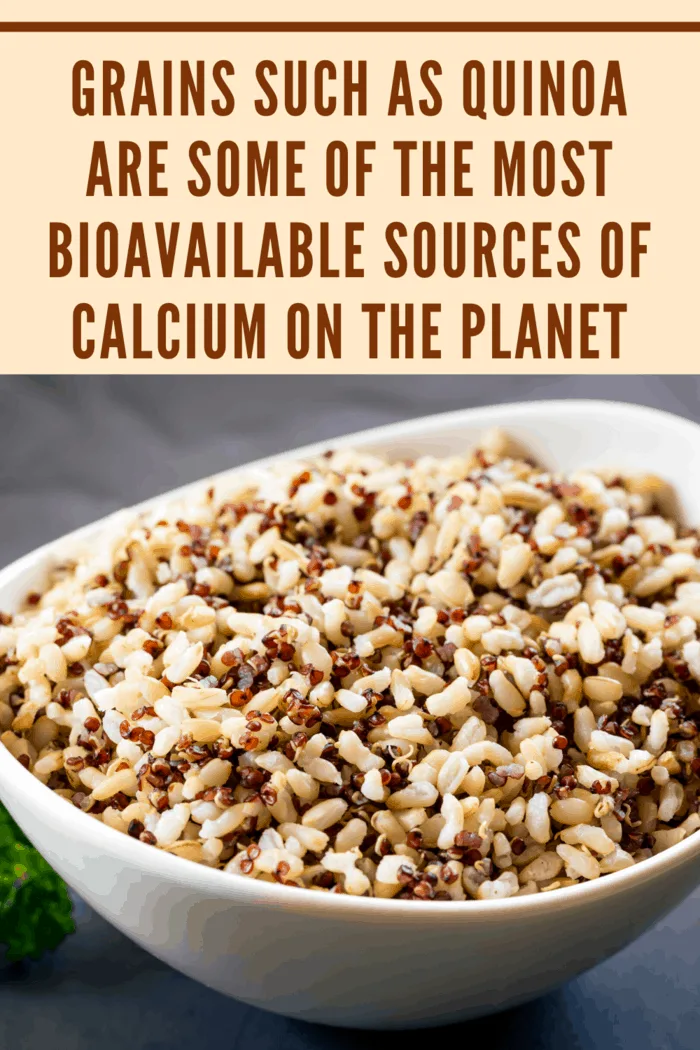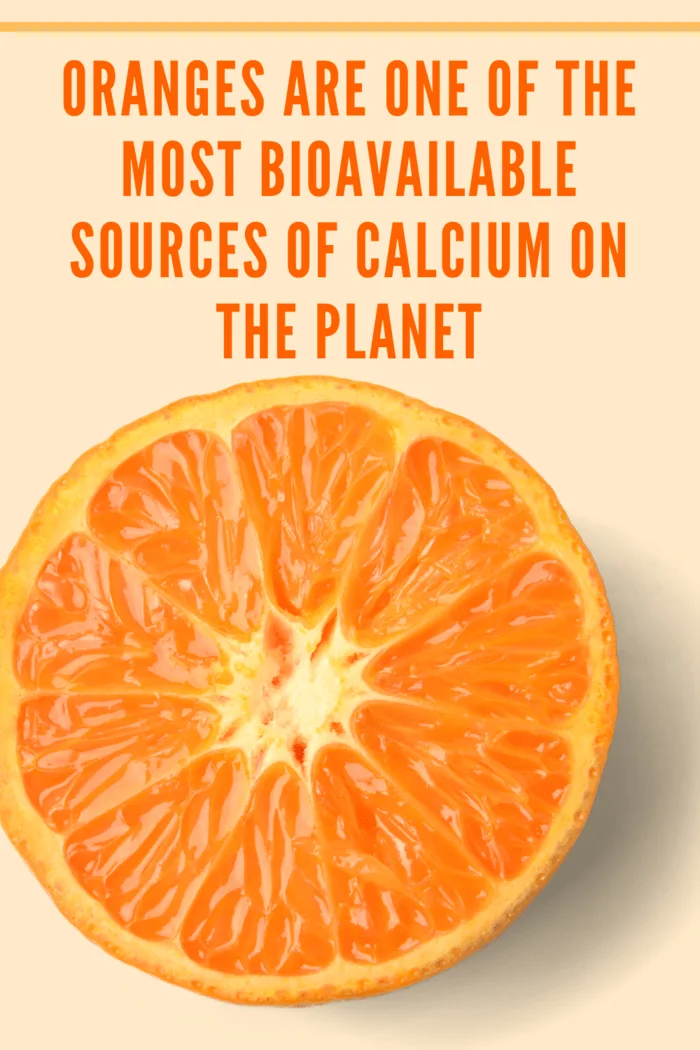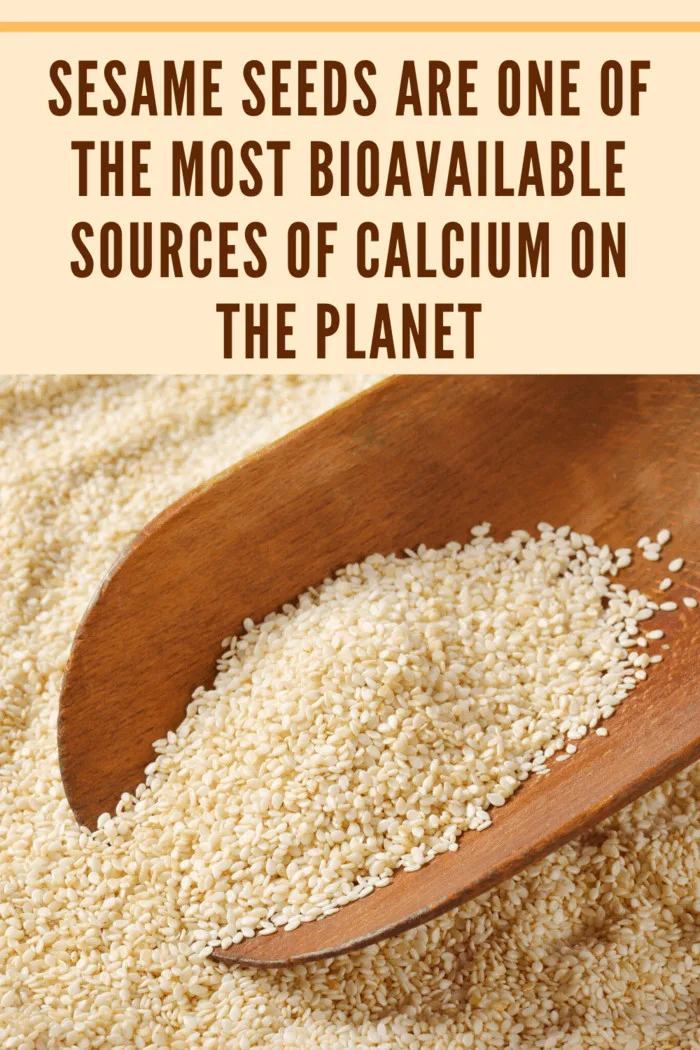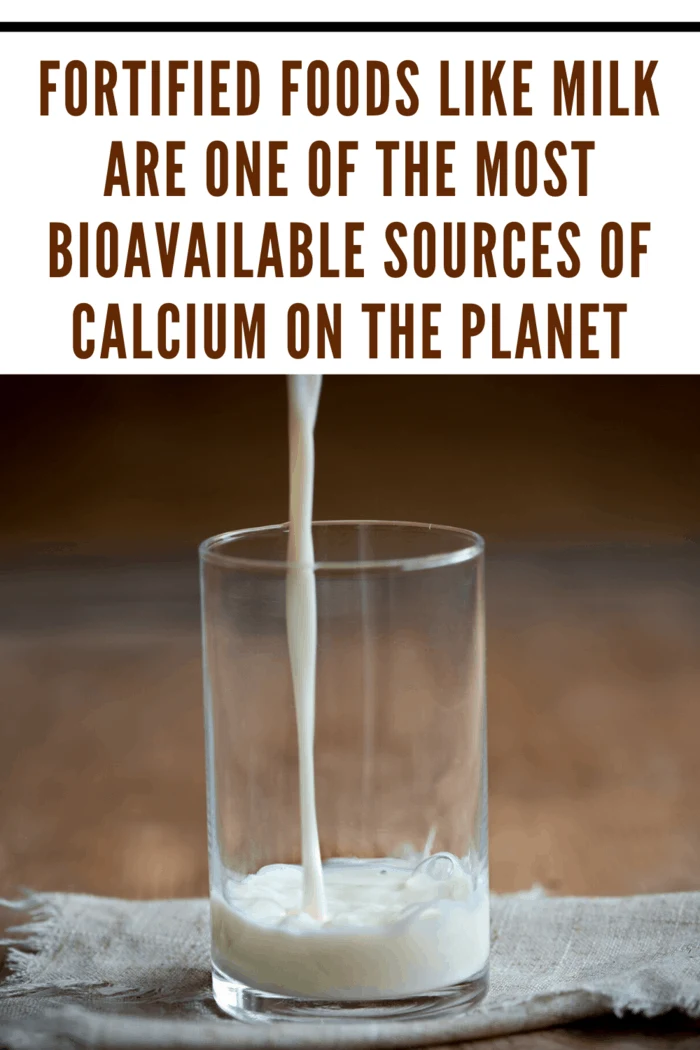The Calcium Question: 5 Most Bioavailable Sources of Calcium on the Planet
We’ve all heard the saying, “Drink your milk for strong bones,” but what if dairy isn’t part of your diet? Whether you’re lactose intolerant, vegan, or just not a fan of milk, you’re not alone in seeking alternative sources of calcium. Lucky for us, there are several bioavailable options to help meet your calcium needs.
I remember the first time I found out that some of my favorite vegetables were packed with calcium. It was a game-changer! Gone were the days of forcing down milk or relying solely on supplements. Let’s dive into five of the most bioavailable sources of calcium, and I’ll share how you can easily incorporate them into your daily diet.
Why Calcium Matters
Before we dig into the specifics, it’s essential to understand why calcium is so critical. According to the Mayo Clinic, calcium isn’t just about bone health (although that’s a big part of it). Your body needs it for muscle function, nerve transmission, and hormone secretion. The recommended daily intake for adults is between 1,000-1,200 mg, but that doesn’t mean dairy is your only option!
1. Dark Green Leafy Vegetables: Nature’s Calcium Powerhouses
When you think of calcium-rich foods, kale or broccoli may not immediately come to mind—but they should! These dark green veggies not only provide calcium but also magnesium, which helps your body absorb it. Talk about a win-win.
For instance, a cup of kale offers 94 mg of calcium, and broccoli delivers 78 mg per cup. This is pretty impressive considering that kale can rival the calcium content of a cup of milk! And, whether you’re sautéing it, blending it into a smoothie, or munching it raw, kale retains its calcium content.
However, not all leafy greens are equal. Spinach, beet greens, and Swiss chard, while nutrient-dense, contain oxalic acid, which binds to calcium and makes it harder for your body to absorb. In contrast, kale, cabbage, and broccoli are lower in oxalates, making them more bioavailable sources of calcium. As Healthline points out, you can absorb up to 70% of calcium from these lower-oxalate vegetables.
2. Grains: The Unsung Heroes of Calcium
When we talk about grains, it’s usually about carbs, but certain grains like quinoa and amaranth are also excellent sources of calcium. These “pseudo-grains” are gluten-free, versatile, and nutrient-rich, making them a staple in many healthy diets. Doctor NDTV reports that just one cup of cooked amaranth can provide up to 116 mg of calcium.

3. Fruits: More Than Just Vitamin C
Did you know that your favorite fruits might be contributing to your calcium intake? For example, a medium-sized orange contains about 60 mg of calcium. And if you’re looking for an even bigger boost, dried figs are your go-to. Six figs can provide nearly 100 mg of calcium, making them a sweet and nutritious snack.

4. Nuts and Seeds: Small but Mighty Sources of Calcium
Nuts and seeds are not only great sources of healthy fats but also pack a calcium punch. For instance:
- 1 teaspoon of sesame seeds: 90 mg of calcium
- 1 tablespoon of tahini: 63 mg
- 1 ounce of chia seeds: 179 mg
If you’re looking for a powerhouse snack, consider almonds. Just one cup of almonds contains over 200 mg of calcium. Similarly, kidney beans and soybeans are also rich in calcium, with a cup of raw soybeans boasting an impressive 515 mg!
These foods are easy to incorporate into your meals. Sprinkle some chia seeds over your morning yogurt, toss almonds into a salad, or enjoy a sesame-tahini dressing over your favorite veggies.

5. Fortified Foods: Convenient and Calcium-Rich
If you’re still struggling to meet your calcium needs, look for foods that have been fortified. Fortified plant-based milk (like almond or oat milk), cereals, and orange juice are excellent options. These foods not only offer calcium but are often fortified with vitamin D, which helps your body absorb calcium more efficiently. LiveStrong recommends checking the labels to ensure you’re getting the most benefit.
Bonus Tip: Watch Your Protein and Sodium Intake
Did you know that diets high in protein and sodium can cause calcium depletion? Too much caffeine and phosphoric acid (commonly found in sodas) can also weaken bones over time. Switching to healthier alternatives like matcha tea can make a difference.

By incorporating a variety of these calcium-rich foods into your diet, you’re already on the right track to healthier bones and overall wellness. Remember, it’s not about consuming massive amounts of one food but rather maintaining a balanced diet that includes multiple sources of calcium.
